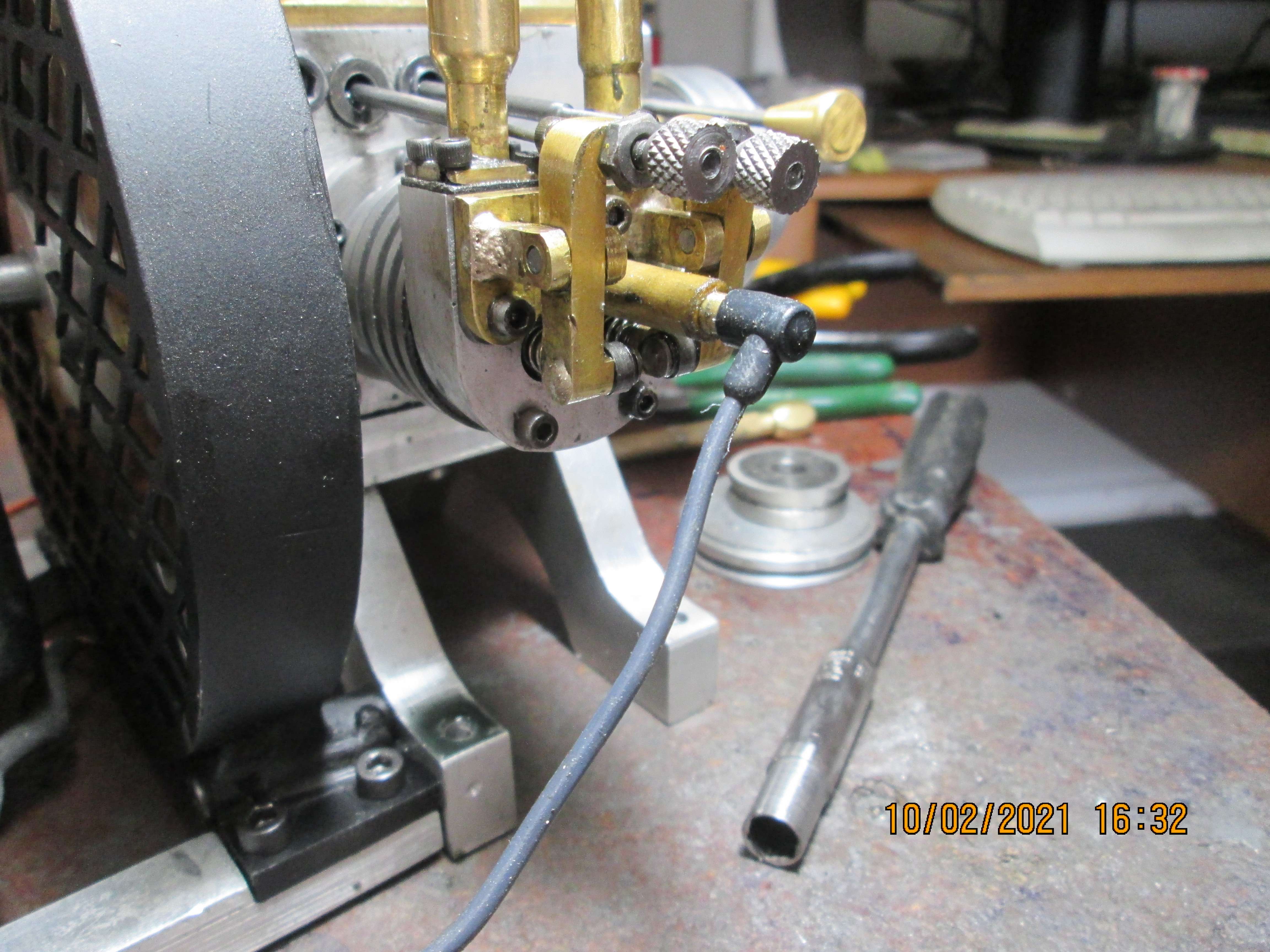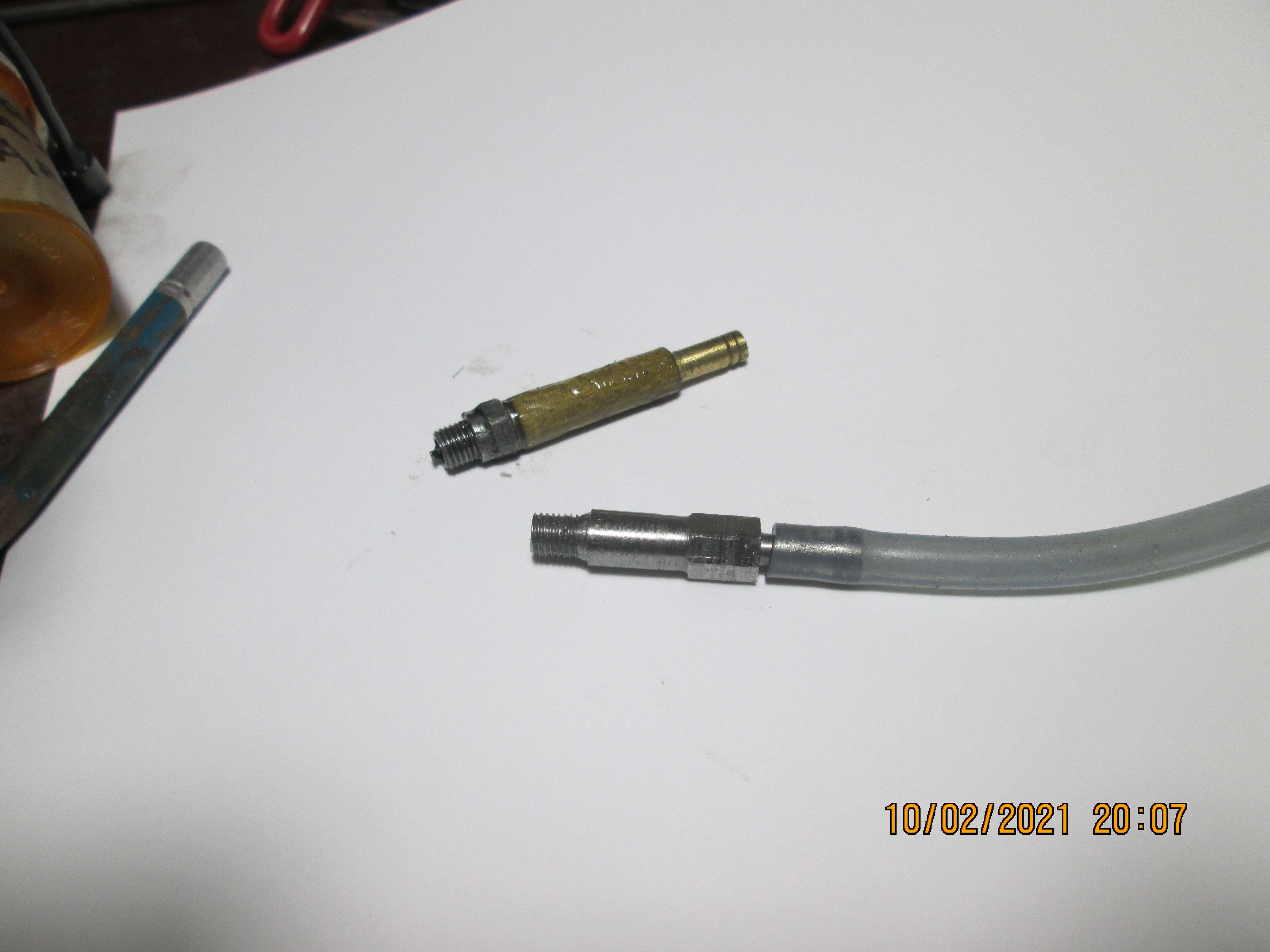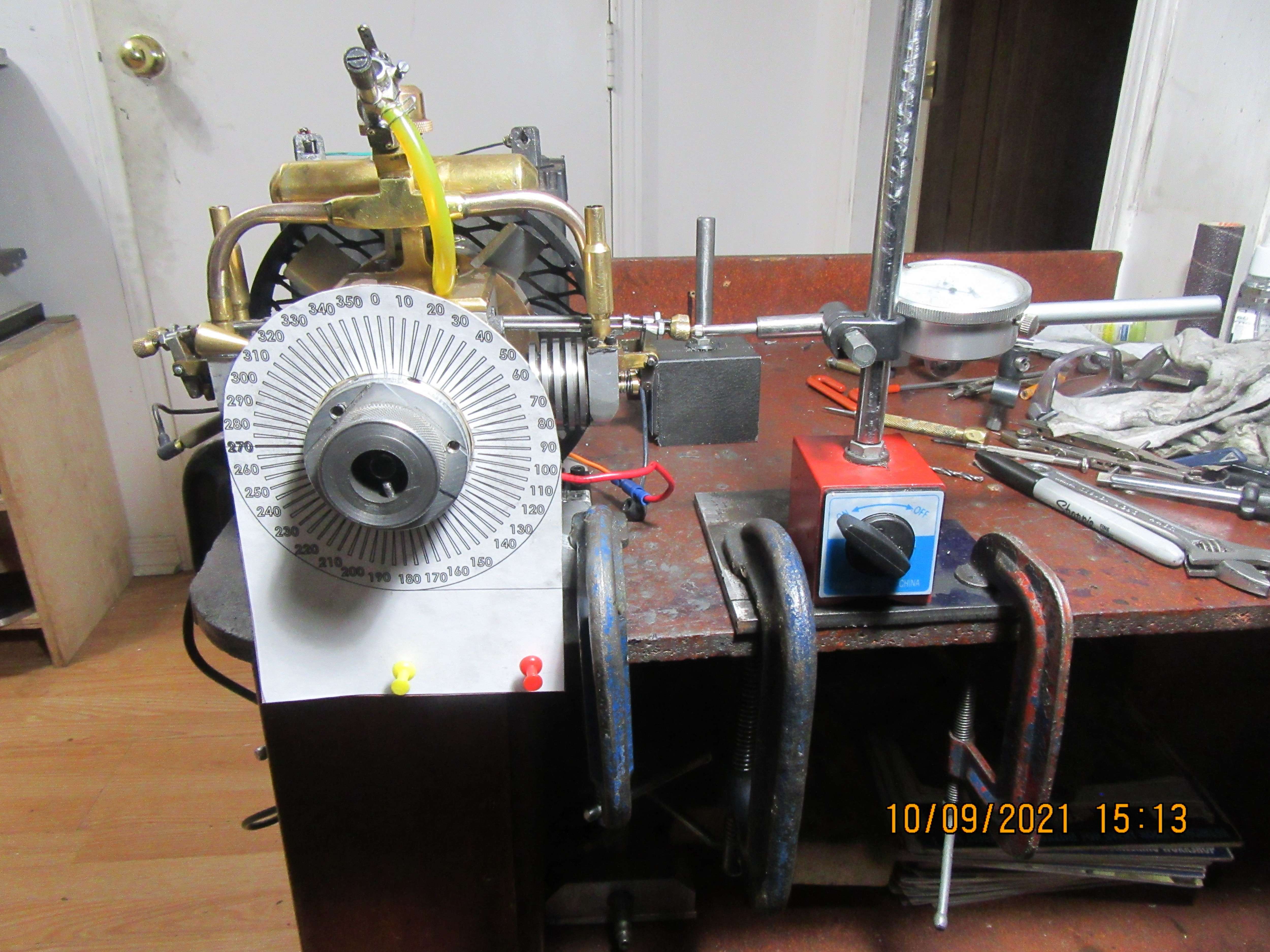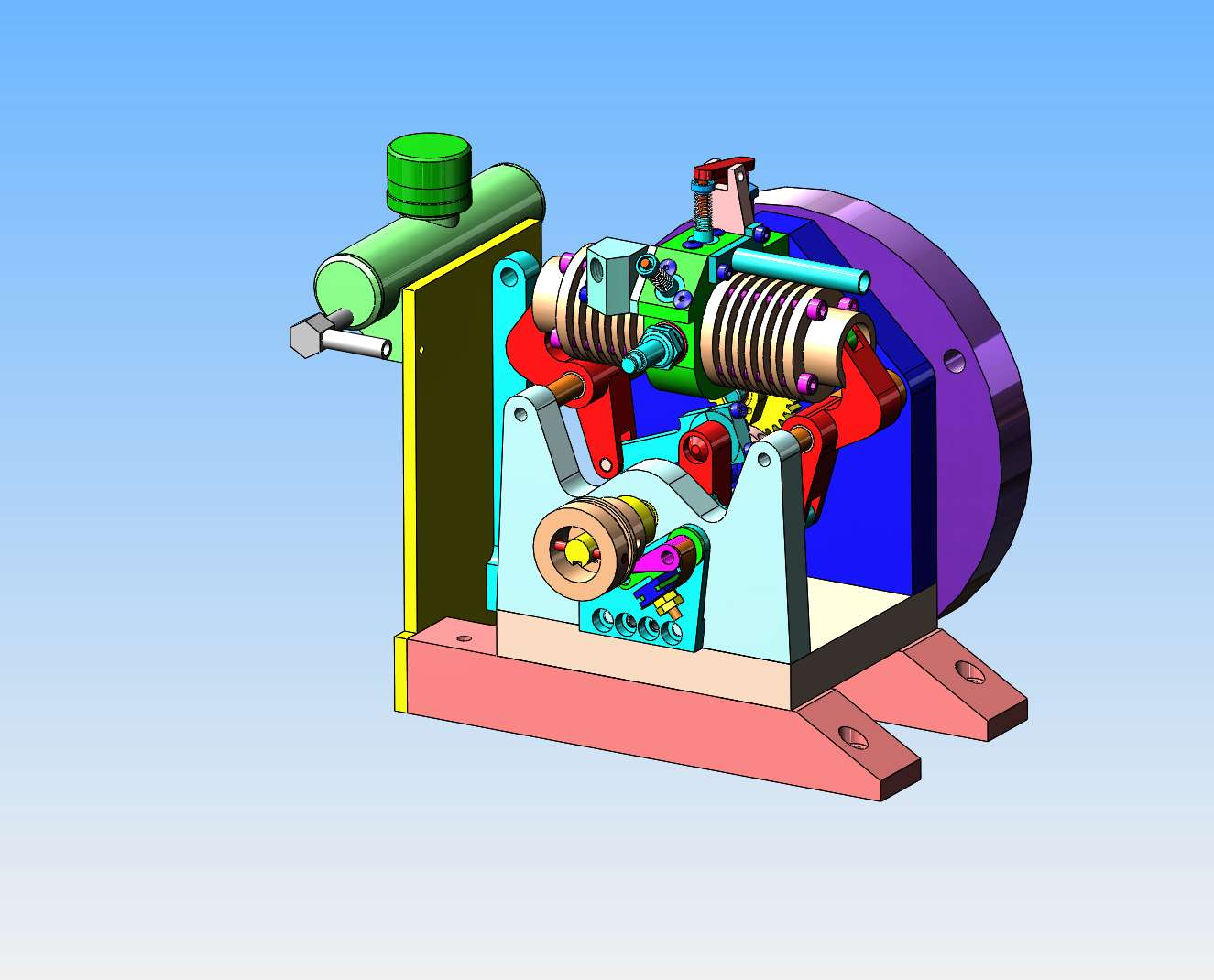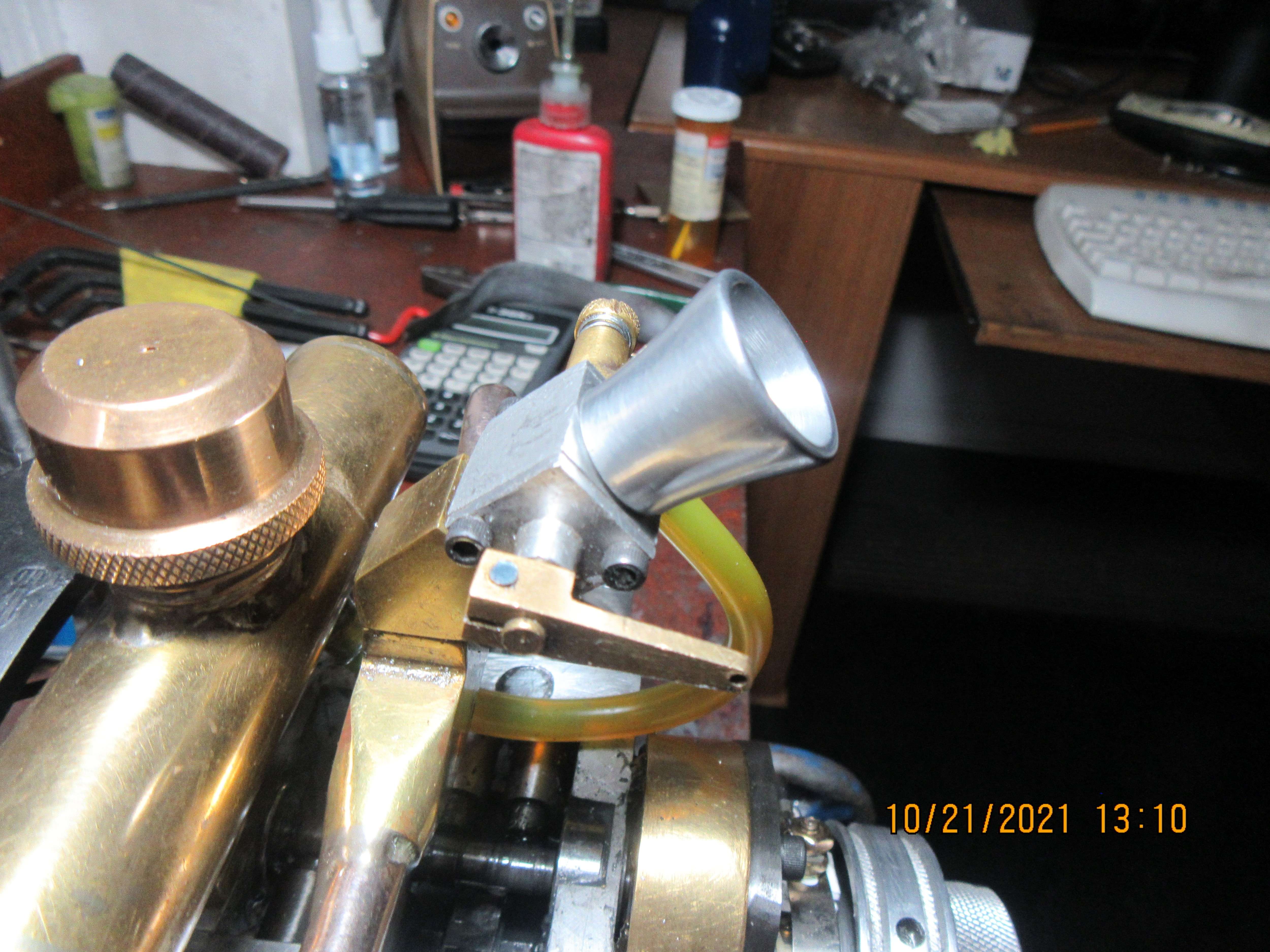Hi Brian, having tinkered with valve timing on Triumph twins, of 1950s vintage, you must be very careful to set the tappet clearance correctly. Basically, a few thou extra - or less - clearance at the tappet can move the contact point for valve lift 10 degrees or so earlier or later. The key is to measure the point of start of lift and also the point of valve closure (start of lift in the opposite direction?) in degrees from your datum = TDC.
To make an engine "more suitable" for slow running, the valve opening timing shall be later (bigger angle after TDC - when everything is defined 0 - 360 degrees) than for high revs. All related to TIME, so the gases move at their optimum TIME through the open valves. So I think you should ****** the valve timing 5 degrees or so and see if the idle is better?
I assume you have a cam-shaft with both inlet and exhaust cam? The Triumph engines I played with had separate cams for inlet and exhaust. Modern cars have twin cams and usually have an advance device on the INLET cam for 3500rpm and above (varies with engine design, but that is typical). Basically, the cam is timed for low speed intake, then advanced 5~10 degrees for higher revs. Rarely is the exhaust cam altered... as the pressure differences across the valve port when pumping gases out at the end of stroke are much higher than those on the inlet, so the exhaust is less sensitive to timing.
Thinking of your statements about "advancing timing of the exhaust" for a smoother idle, I don't really understand "how" it does that? Considering at idle you have the least fuel = least power developed, I would have expected to need to maximise the expansion of the gases before opening the exhaust valve, so as to extract maximum energy from the small amount available..? - I.E. a later opening exhaust valve than for higher revs. Anyway, 125 degrees after TDC for the exhaust opening sounds too far advanced - from where I am sitting!
Have fun and let us know the result,
Regards,
K2







